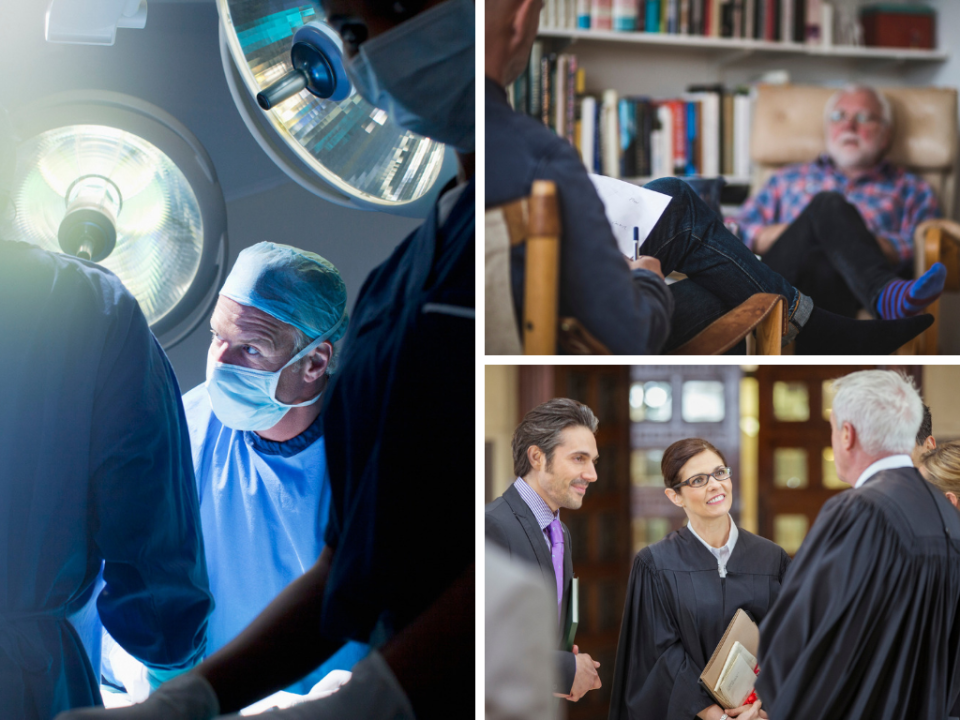REVEALED: The top 10 highest paying jobs in Australia

If you’ve ever wondered if doctors really get paid as much as everyone thinks they do, the answer is: yes.
The top ten highest-earning occupations have been revealed by the Australian Taxation Office (ATO), and five of them are in the medical or health industry.
Surgeons take home the biggest pay packets of all, with an average taxable income of $394,866 a year based on average taxable income.
Related story: Huzzah: Chemist Warehouse employees will get a pay rise of nearly 20% over 4 years
Related story: Bank bosses set to face even bigger pay cuts, watchdog warns
Related story: Why this successful entrepreneur doesn’t follow advice from other business people
Anaesthetists aren’t far behind at $367,343, followed by internal medicine specialists who earn $299,378.
Financial dealers achieve an average taxable income of $261,008, and psychiatrists earn $216, 075.

They’re also an exclusive bunch. If you add up the number of all surgeons, anaesthetists, internal medicine specialists, financial dealers and psychiatrists in Australia, it would still represent less than 0.001 per cent of the population, according to ATO figures.

Engineering professionals also placed on the top 10 list, along with legal professionals and CEOs.
So you think you can be a surgeon
It’s a long journey to becoming the highest-paid professional in the country.
After graduating high school, surgeon hopefuls will the individual needs to undertake the graduate medical school admissions test (GAMSAT), provide a high grade point average (GPA) and/or sit a face-to-face interview before being admitted to either an under-graduate or postgraduate medical degree, depending on the requirements of the medical school.
Then it’s another four to six years at medical school, followed by a year of interning at hospitals on a rotating basis.
You may have to do another year or more of rotations before you begin vocational training.
To become a fully qualified surgeon, you’ll have to complete five or more years of a Fellowship of the Royal Australasian College of Surgeons (FRACS) depending on what kind of surgeon you want to become.
Needless to say, gaining entry into the program to complete a FRACS is incredibly competitive.
You may have to complete added years to your FRACS if you want to sub-specialise in a particular area.
At the end of it all, an individual will be 28 years old – at the very minimum – before they’re considered a fully-qualified surgeon.
Make your money work with Yahoo Finance’s daily newsletter. Sign up here and stay on top of the latest money, property and tech news.

 Yahoo Finance
Yahoo Finance 
